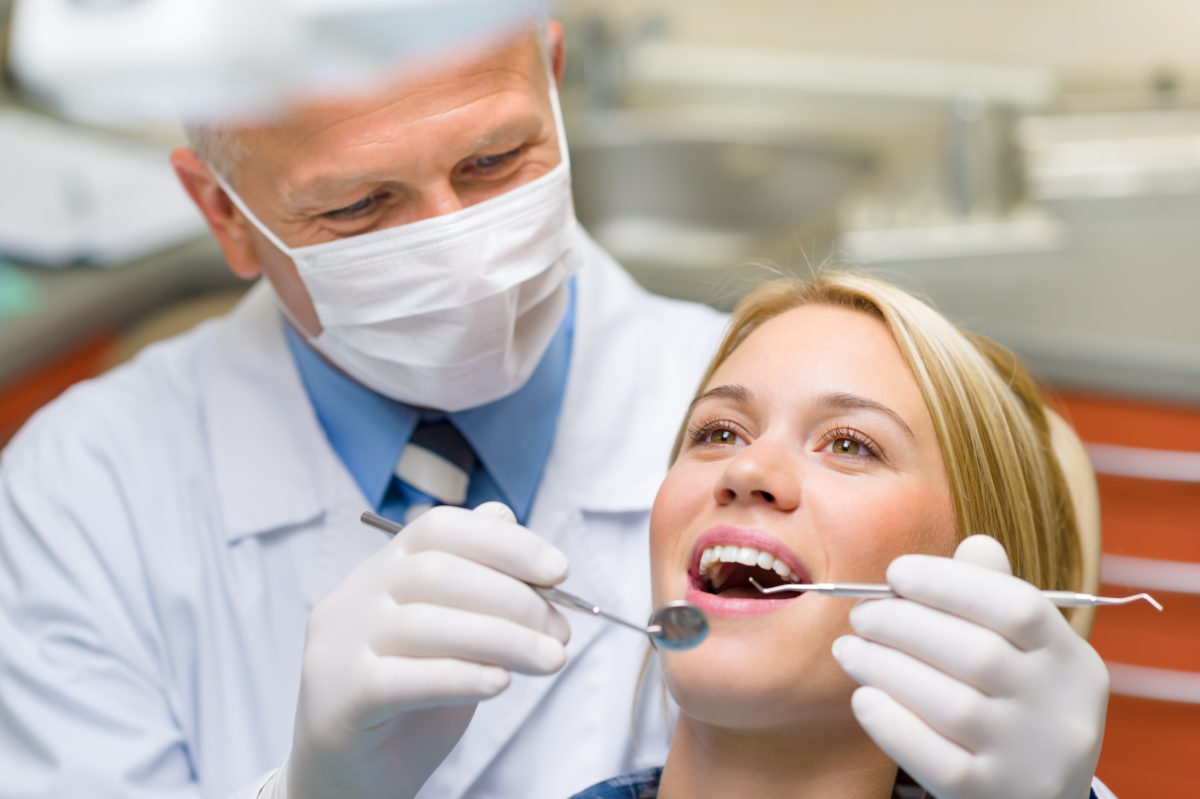Legacy Orthodontics Things To Know Before You Get This
Legacy Orthodontics Things To Know Before You Get This
Blog Article
Unknown Facts About Legacy Orthodontics
Table of ContentsLittle Known Questions About Legacy Orthodontics.What Does Legacy Orthodontics Mean?The Only Guide for Legacy OrthodonticsUnknown Facts About Legacy OrthodonticsThe smart Trick of Legacy Orthodontics That Nobody is Discussing
In addition, we offer flexible treatment routines, versatile payment choices and an enjoyable, delightful experience.An orthodontist is a dental professional trained to diagnose, protect against, and treat teeth and jaw abnormalities. Orthodontists work with individuals of all ages, from kids to adults.
Malocclusion, or misaligned teeth, can lead to dental concerns, consisting of dental caries, gum tissue disease, and hard or excruciating chewing. But not everyone is birthed with straight teeth. If you have a poor bite or big rooms between your teeth, you might wish to get in touch with a dental professional specializing in orthodontic care.
10 Easy Facts About Legacy Orthodontics Explained
( Picture Credit Scores: DigitalVision/Getty Images) Orthodontists utilize dealt with and removable oral devices, like dental braces, retainers, and bands, to change the position of teeth in your mouth. Orthodontic therapy is for oral problems, consisting of: Jagged teethBite troubles, like an overbite or an underbiteCrowded teeth or teeth that are also much apartJaw misalignmentThe goal of orthodontic treatment is to improve your bite.
A healthy and balanced bite ensures you can consume, chew, and talk effectively. While you might think of orthodontists as generally for youngsters or teens who require braces, they can deal with dental issues at any type of age. Orthodontists go to college, dental college, and orthodontic institution. After college graduation, they spend 2 or 3 years in an orthodontic residency program.
All orthodontists are dental practitioners, but not all dental practitioners are orthodontists. Orthodontic residency programs provide intensive, concentrated guideline for dental specialists. They focus on 2 locations: How to appropriately and securely move teeth How to properly guide advancement in the teeth, jaw, and faceOnce an orthodontist has actually completed training, they have the option to end up being board certified.
An Unbiased View of Legacy Orthodontics
Misalignment, or malocclusion, is the most typical factor people see an orthodontist. It is genetic and is the outcome of size distinctions in between the upper and reduced jaw or in between the jaw and teeth. Malocclusion brings about tooth overcrowding, an askew jaw, or uneven bite patterns. Malocclusion is normally treated with: Your orthodontist affixes steel, ceramic, or plastic square bonds to your teeth.
If you have only small malocclusion, you might have the ability to use clear braces, called aligners, rather than standard dental braces (https://old.bitchute.com/channel/JmpnY5NRVnik/). Some individuals need a headgear to aid relocate teeth into line with pressure from outside the mouth. After braces or aligners, you'll need to wear a retainer. A retainer is a customized device that maintains your useful content teeth in location.
They're frequently made use of on kids. They can produce added area in the mouth without having to draw teeth. If you have a major underbite or overbite, you might need orthognathic surgery (likewise called orthodontic surgical treatment) to lengthen or reduce your jaw. Orthodontists utilize wires, medical screws, or plates to support your jaw bone.
You may require to see an orthodontist if you have: Crowding or otherwise adequate area for every one of your teethOverbite, when your top teeth come over your bottom teethUnderbite, when your base teeth are also much forwardSpacing or issues with gapsCrossbite, which is when your upper teeth fit behind your base teeth when your mouth is closedOpen bite or an upright gap in between your front base and upper teethMisplaced midline, when the center of your bottom and top teeth don't line up Dealing with an oral malocclusion can: Make attacking, eating, and talking easierImprove the symmetry of our face and your total appearanceEase pain from temporomandibular joint disordersDifferent your teeth and make them simpler to clean up, helping stop dental caries or dental caries It's frequently a dental practitioner that first notices misaligned teeth throughout a regular exam.
Not known Facts About Legacy Orthodontics

Throughout your first orthodontic appointment, you'll likely have: A dental examPhotos taken of your face and smileDental X-raysPanoramic (360 level) X-rays of your face and headImpressions to develop mold and mildews of your teethThese examinations will aid your orthodontist understand just how to proceed with your therapy. leesburg braces. An orthodontist is a dental expert that's had training to treat your teeth and jaw
An orthodontist is focused on your bite, so something like a damaged tooth would certainly be taken care of by a dental professional. Orthodontists are focused on your bite, or the method your teeth fit together, and the straightness of your teeth.
Ever wondered exactly how celebs always seem to have completely straightened teeth? Orthodontists are oral professionals that focus on remedying irregularities in the teeth and jaws.
The 4-Minute Rule for Legacy Orthodontics

While braces are the most frequently identified orthodontic therapy, orthodontists have a varied toolkit at their disposal. The details method picked depends upon the extent of the case, the person's age, and individual choices. These reliable dental braces make use of a system of brackets bound to the teeth and linked by cords.
Clear aligners, like Invisalign, are a popular option for patients seeking a much more discreet treatment alternative. These detachable trays are customized to considerably shift the teeth's placement. Headwear might be used in conjunction with dental braces or aligners to use extra targeted pressures, particularly for correcting jaw inconsistencies. In cases of slim jaws, palatal expanders can be utilized to create area for appropriate tooth positioning.
Report this page